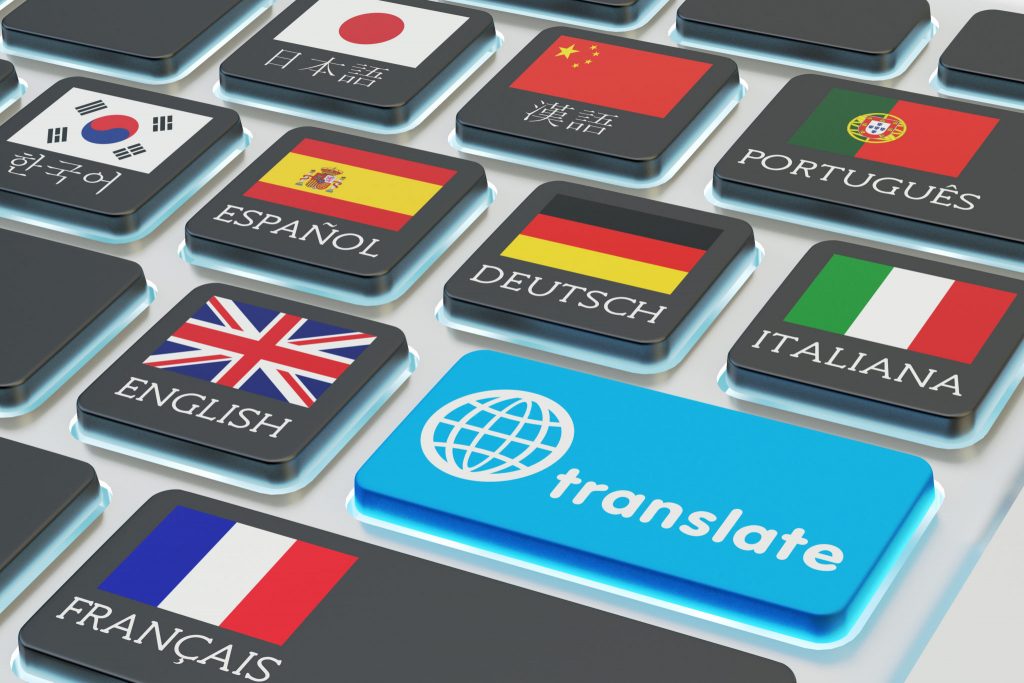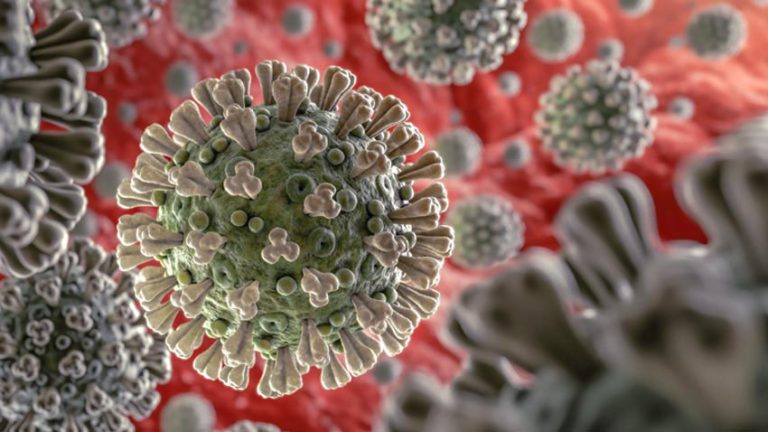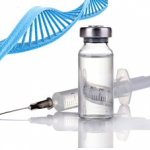NFT’s – Non-fungible tokens are popping up everywhere in the news these days, with high-profile companies, artists, and sports figures hopping on the newest marketplace bandwagon. Some NFTs are worth millions, and new ways to trade NFTs are popping up every day.
What exactly are NFTs?

In economics, a fungible is a good or commodity that is replaceable. Oil and gold are fungible commodities, in that someone can sell their gold or oil and purchase an exact replacement that has the identical value and properties of the oil or gold they just sold. A bitcoin is also fungible – trade one bitcoin for another, and you will have basically the same thing. A non-fungible, then, is a unique commodity that cannot be replaced with something else.
NFTs are cryptocurrency, a type of currency used to buy goods and services. Unlike paper money printed by governments, cryptocurrency is digital asset, so it is not something you can store in your wallet or pocket. Cryptocurrencies like NFTs work using blockchain, a public ledger system that creates an unchangeable digital record of transactions; the information is decentralized, stored across many computers.
NFTs are one-of-a-kind digital assets, such as drawings, music, video clips and jpegs, represented by a unique code recorded on the blockchain. NFTs can be bought and sold like a physical asset; the blockchain tracks the ownership of the NFT and the validity of the purchase. The buyer of the NFT gets a token that proves that they own the original work.
Even tweets can be bought and sold as NFTs; in March of 2021, the founder of Twitter sold his first tweet, published in 2006, for just under $3 million. A buyer purchased Nyan Cat, a 2011 an animated Gif of a flying pop-tart cat, for more than $500,000. Elon Musk’s musician girlfriend, who performs under the stage name Grimes, sold some of her digital artwork for more than $6 million.
Even major auction houses are getting in on the action. Christie’s recently held its first digital-only auction, which netted a cool $69 million for the artist who goes by the name of Beeple. As of mid-April 2021, Beeple is the highest selling NFT in history.
History of NFTs
Colored Coins are arguably the first NFTs, appearing in 2012 – 2013. Made of small denominations of a bitcoin, Colored Coins could represent property, coupons, shares of a company, subscriptions, access tokens, and digital collectibles. The system was flawed in that the coins could only represent an asset as long as everyone agreed on what the coins represented. If just one participant decided that they no longer equated a Colored Coin with a coupon, for example, the whole system collapsed. Colored Coins did open the door to putting real-world assets into blockchain ledgers, however, which laid the groundwork for NFTs.

Colored Coins also revealed the possibility of issuing assets onto blockchains. The big problem was that the then-current iteration of Bitcoin did not have the ability to issue assets – it was still just a digital money system, somewhat like internet cash. In 2014, big thinkers at Counterparty built a financial platform on top of Bitcoin; this platform allowed participants to create assets, such as a trading card game and meme trading. Counterparty even had a crypto token with the stock ticker symbol XCP.
Force of Will, a large mainstream company that had no prior experience with blockchain or cryptocurrency, launched their popular trading cards on Counterparty. This move brought NFTs out of the shadows and into the marketplace spotlight.
People began moving their memes to Counterparty. In 2016, people began to issue “rare pepes,” which are memes that feature a specific frog character. In addition to being on Bitcoin blockchain, the Rare Pepe Meme Directory certifies the rareness of the rare pepe meme.
Bitcoin now has a number of competitors offering blockchain, and many people now trade assets on those competing blockchains. People began issuing their rare pepes on one such competitor, known as Ethereum. In 2017, Ethereum introduced Peperium as a decentralized meme marketplace and trading card game (TCG). Their associated token, bearing the ticker symbol of RARE, could be used for meme creation and to pay listing fees.
Today’s NFT Marketplaces
New NFT marketplaces are popping up every day, and these marketplaces offer artists new ways to monetize their work. Even famed Super Bowl quarterback Tom Brady is launching an NFT, known as Autograph, in the fall of 2021. It will create digital collectibles featuring some of the biggest names in sports, fashion pop culture, and entertainment.
Nifter is a music NFT that, when launched, will allow users to create, sell, and find original music and even unique sounds. Artists can use the Nifter creation tool to mint a token for their music, and sell their NFTs on the Nifter marketplace at a fixed price or in an auction-style sale.

The first step in getting started with NFTs is to set up an Ethereum Wallet, which is a digital account that stores the cryptocurrency used to buy, sell, and trade NFTs. Next, purchase a small amount of Ethereum cryptocurrency to store in the wallet. Finally, connect the wallet to an NFT marketplace, such as Rarible, Zora, and SuperRare.
Will you make millions of dollars with NFTs? Maybe, maybe not – it depends largely on who you are (big names usually attract big money) and the digital goods you are trading. After all, the person who created an animated Gif of a flying pop-tart cat made half a million dollars. The only certainty is that NFTs are forever changing how we purchase digital art.
ABOUT FRANK MAGLIOCHETTI

Frank Magliochetti owes his professional success to his expertise in two areas: medicine and finance. After obtaining a BS in pharmacy from Northeastern University, he stayed on to enroll in the Masters of Toxicology program. He later specialized in corporate finance, receiving an MBA from The Sawyer School of Business at Suffolk University. His educational background includes completion of the Advanced Management Program at Harvard Business School and the General Management Program at Stanford Business School. Frank Magliochetti has held senior positions at Baxter International, Kontron Instruments, Haemonetics Corporation, and Sandoz. Since 2000, he has been a managing partner at Parcae Capital, where he focuses on financial restructuring and interim management services for companies in the healthcare, media, and alternative energy industries. Last year, he was appointed chairman of the board at Grace Health Technology, a company providing an enterprise solution for the laboratory environment. Frank is also CEO of ClickStream, ClickStream’s business operations are focused on the development and implementation of WinQuik™, a free to play synchronized mobile app and digital gaming platform. The platform is designed to enable WinQuik™ users to have fun, interact and compete against each other in order to win real money and prizes. Twitter at @ClickstreamC @WinQuikApp Nifter a music NFT marketplace that allows artists to create, sell and discover unique music and sound NFTs on the Nifter™ marketplace, and their foreign language exchange learning app @HeyPalApp.
Frank was appointed Chairman and Chief Executive Officer at Designer Genomics International, Inc. The Company has accumulated a growing body of evidence that highlights a link between alterations in the immune and inflammatory systems and the development of chronic human disease. The Company is visionary and has established itself as a leader in the field of inflammatory and immune genetic DNA and RNA biomarkers that play a causative role in debilitating conditions, such as atherosclerosis/heart disease, diabetes, arthritis, inflammatory bowel disease, post-traumatic stress disorders (PTSD) and cancer.
A proprietary state-of-the art data mining bioinformatics program, called ‘cluster analysis’ will be used to measure disease development susceptibility with potential for earlier diagnosis and intervention. The company is developing a healthcare program based on its proprietary genetic panels that will allow people to be their own healthcare advocate and take an active role in their health status as well as longevity.

Managing Partner
Parcae Capital
www.parcaecapitalcorp.com
www.frankmagliochetti.com
Sources
https://www.bbc.com/news/business-56492358
https://foundation.app/NyanCat/nyan-cat-219
https://www.bbc.com/news/technology-56252738
https://www.bbc.com/news/technology-56362174
http://www.fowtcg.com/
https://miro.medium.com/max/250/0*6uiJJUETr3dE15W2
http://rarepepedirectory.com/
ttps://nifter.io/
































